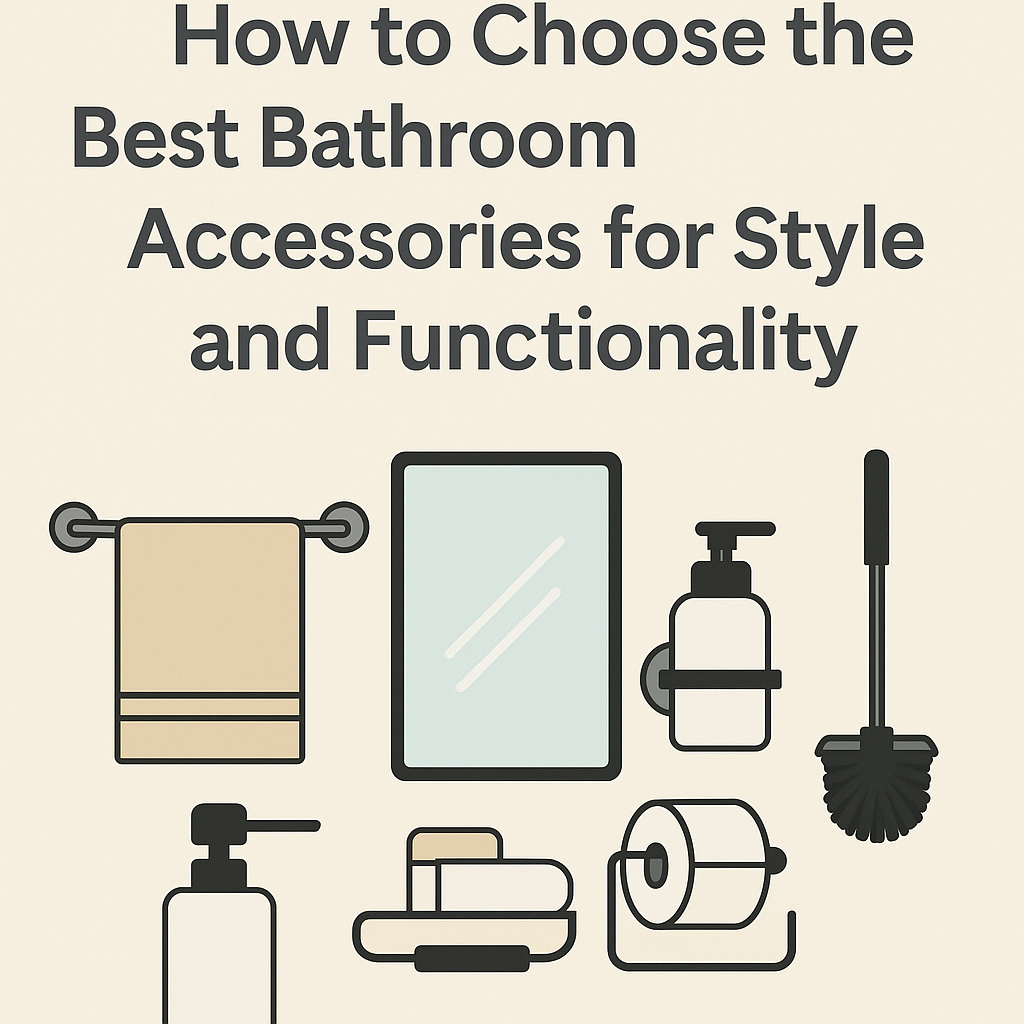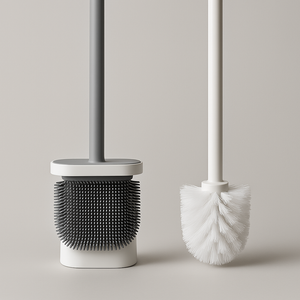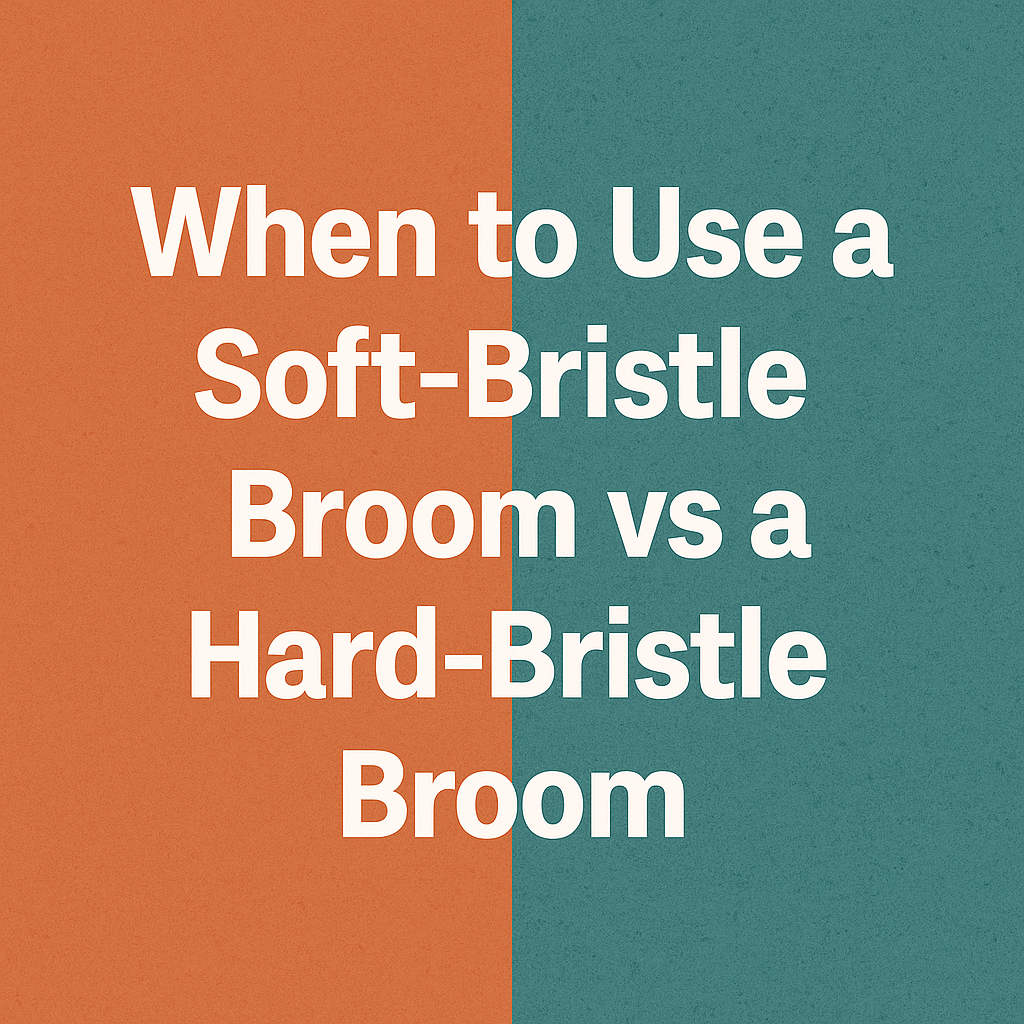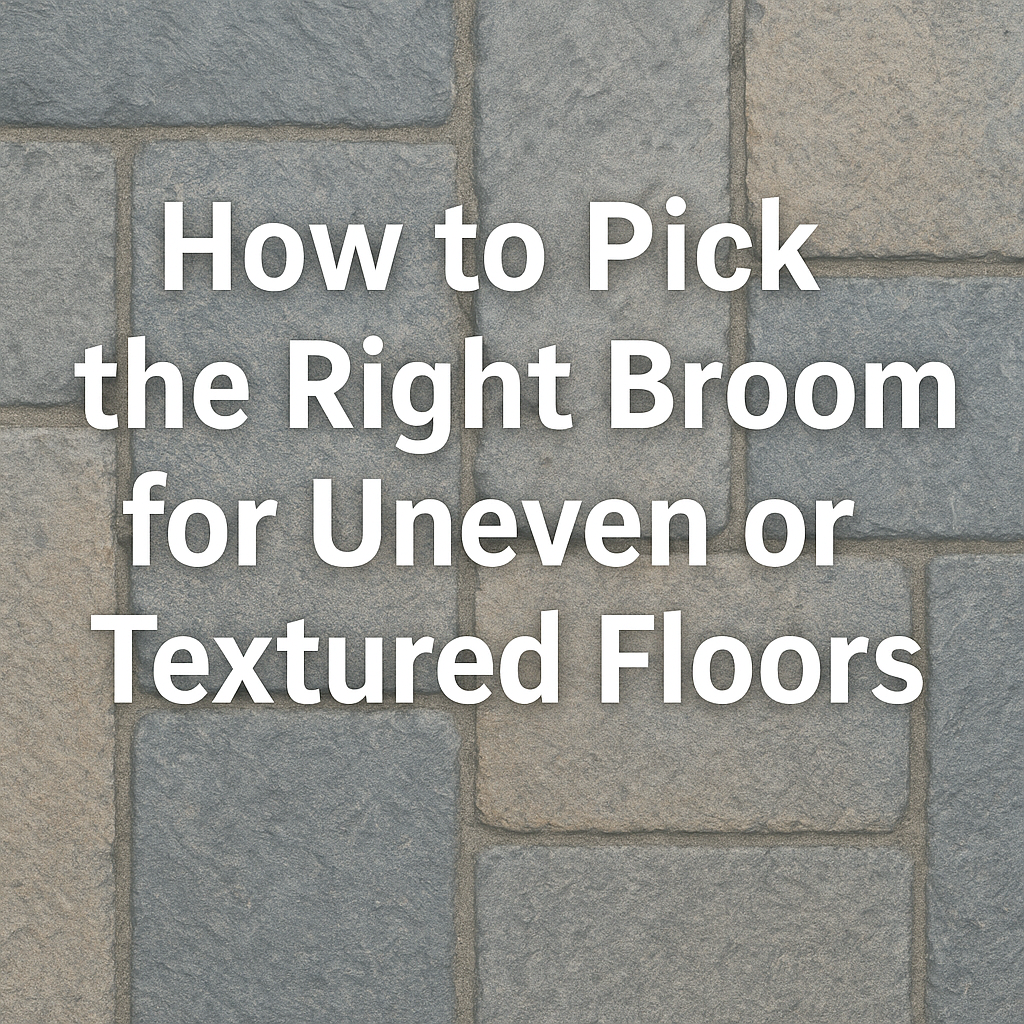Choosing the right bathroom accessories helps you make the most of your space while keeping it organized and stylish. Beyond simply looking good, the right accessories play a crucial role in maintaining a clean, clutter-free environment—just like having must-have essentials that ensure your bathroom stays tidy and efficient.
By focusing on accessories that fit your bathroom size, match your style, and meet your practical needs, you can keep your bathroom both functional and visually pleasing. Bathroom accessories, especially found at BTC Hardware, are designed to help you keep your bathroom neat, stylish, and practical
Think about what you use daily and how much space you have. Selecting items that serve a clear purpose, like corner shelves or soap dispensers, avoids clutter and maximizes convenience. Matching the finish and design to your existing decor ties everything together.
Knowing what to look for makes shopping easier and helps prevent mistakes. You don’t need to buy everything at once, but choosing the right pieces for your space improves your bathroom’s look and feel right away.
Understanding Your Bathroom Accessories Needs
To choose bathroom accessories that fit well, you need to look at how your space works and what you actually use. This means thinking about what items to keep, measuring available areas, and understanding how you and others use the bathroom daily.
Identifying Functional Priorities
Start by listing the essential bathroom accessories based on what you use most. For example, if you often use towels, towel bars or hooks are key. If storage is tight, small shelves or vanity organizers might be more important. Think about items like soap dispensers, toothbrush holders, and shower caddies that help keep things tidy.
Focus on your must-haves versus extra accessories. Choose pieces that make your daily routine easier. Avoid clutter by picking items that serve multiple purposes, like a mirror with built-in lighting or a combined towel rack and shelf.
Measuring Space Accurately
Measure the walls, counters, and empty corners where you want to place accessories. Use a tape measure to get exact width, height, and depth. This helps you avoid buying items too big or too small for your bathroom.
Write down dimensions clearly. Measure tight spots like next to the sink, behind the toilet, and near the shower. Keep in mind doors and drawers need space to open without hitting accessories.
Analyzing User Habits
Think about who uses the bathroom and how often. For example, a family bathroom has different needs than a guest bathroom. Kids may require lower towel racks or easy-to-reach soap dispensers.
Notice when and how you use the space—do you need quick access to certain items or prefer hiding others? This helps decide where to place accessories for convenience. Also, consider how much storage you need based on the number of users and their routines.
Selecting the Right Bathroom Accessories
When choosing accessories for your bathroom, focus on what you actually need, how the items will match your bathroom’s style, and how much you want to spend. You want your accessories to be useful, look good, and fit your budget.
Choosing Essential Fixtures
Start with the basics: towel bars, soap dispensers, toilet paper holders, and shower caddies. These items should be durable and easy to clean because you will use them every day.
Think about materials that resist water and rust, like stainless steel or plastic. Pick sizes that fit your space without crowding it. You want fixtures that suit the size of your bathroom and your routines.
Matching Accessories to Design Themes
Your accessories should fit the style of your bathroom. For a modern look, go for simple shapes and chrome finishes. For a rustic feel, choose wood or bronze pieces.
You can use color and texture to add interest. Neutral colors work well if you want a calm look. Bright colors can make the bathroom feel lively, but use them carefully.
Balancing Budget and Value
Set a budget before you shop. Spending more on key pieces like towel racks can mean better quality and longer life. For smaller items like toothbrush holders, cheaper options might work fine.
Look for accessories that are both sturdy and affordable. Avoid very cheap items that might wear out quickly. Investing smartly saves you money over time because you won’t need to replace things often.
Coordinating Style and Functionality
Your bathroom accessories should look good together and work well in your space. Focus on matching styles, placing items where you need them most, and picking materials that hold up over time.
Crafting a Cohesive Look
Choose bathroom accessories that share a similar style or theme. For example, if your bathroom has a modern design, go for sleek and simple accessories with clean lines.
Avoid mixing many different styles, as this can make your space feel cluttered or chaotic. Instead, pick a few key pieces in matching shapes and colors to create harmony.
Using a consistent color palette helps tie your items together. Metallic tones like brushed nickel or matte black can work well across towel bars, soap dispensers, and toilet paper holders.
Prioritizing Practical Placement
Place accessories where you will use them most. For example, keep your toothbrush holder near the sink, and a towel rack within easy reach of the shower or bathtub.
Think about your daily habits and what items you use often. Position storage shelves at a height that is comfortable for you to reach.
Avoid overcrowding by spacing items out. For example, leave some wall space between hooks or shelves to keep your bathroom feeling open.
Considering Materials and Finishes
Bathroom accessories must resist moisture and wear. Choose materials like stainless steel, ceramic, or durable plastic that won’t rust or degrade easily.
Finishes matter too. Matte and brushed finishes hide water spots better than shiny surfaces.
If you have a high-humidity bathroom, avoid wood or metal prone to corrosion unless properly sealed or treated. Check product labels for moisture resistance to ensure long-lasting use.
Installation and Maintenance Tips
Proper installation and upkeep will help your bathroom accessories last longer and look better. Focus on using the right tools, cleaning regularly, and planning for changes as your needs evolve.
Easy Installation Techniques
Start by reading the instructions that come with your accessories. Use a level to make sure shelves, towel bars, or mirrors hang straight. For wall mounting, choose the right anchors based on your wall type—drywall, tile, or plaster.
Use a stud finder to locate studs, especially for heavy items. This will keep your accessories secure. When drilling into tiles, use a masonry drill bit to avoid cracks.
Keep screws and hardware organized during installation. Don’t overtighten screws; this can strip the anchors or damage surfaces. Take your time and double-check your work to avoid mistakes.
Maintaining Appearance Over Time
Clean your accessories often to stop dirt and soap buildup. Use gentle cleaners like mild soap and water to avoid damaging finishes. Avoid harsh chemicals that can cause rust or discoloration.
Dry metal parts after use to prevent water spots and corrosion. For chrome or stainless steel, a soft cloth can help keep a polished look. Replace worn-out parts like suction cups or adhesive strips quickly.
Regular checks will catch loose screws or damaged pieces early. Tighten parts or fix small issues before they become bigger problems. This keeps your bathroom looking neat and safe to use.
Adapting Accessories for Future Needs
Think about how your needs might change over time. If you plan to move or remodel, choose accessories that are easy to remove or update. Modular kits or peel-and-stick options let you change styles without damage.
Consider adjustable or multi-use accessories, like towel racks that can hold extra items or shelves you can move. This way, you’ll avoid buying new pieces often.
Keep installation tools handy. If you decide to rearrange your bathroom, having the right screwdriver or drill makes updates easier and faster.









